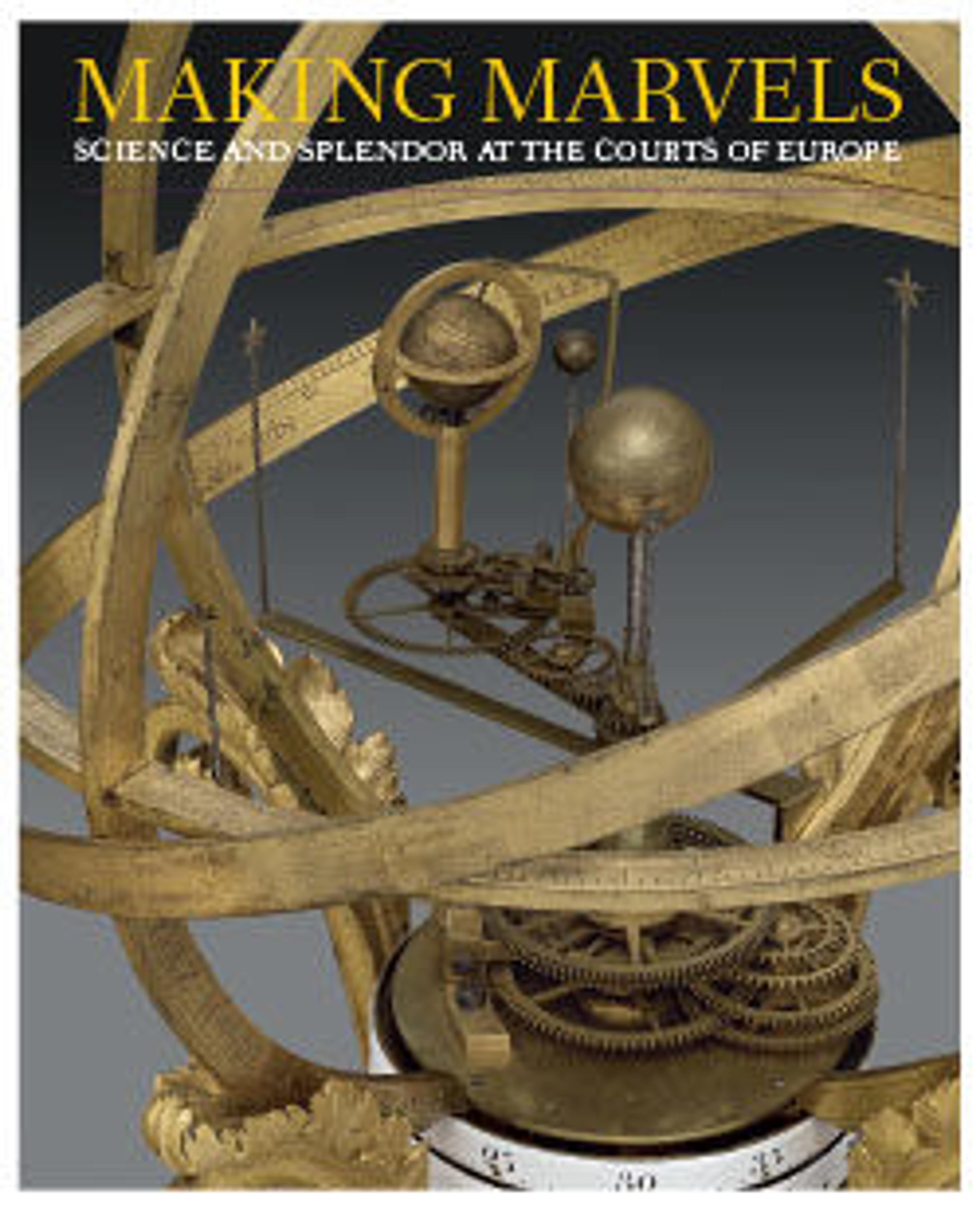Satyrs Admiring the Anamorphosis of an Elephant
This engraving, originally pasted onto the so-called Vouet Scrapbook (inv. 45.97, fol. 78), is based on a drawing (Hessisches Landesmuseum–Graphische Sammlung, Darmstadt) by the great virtuoso painter and draftsman Simon Vouet, who was deeply interested in this particular form of anamorphosis, know as catoptric. Set in a pastoral landscape, the scene depicts a group of astonished satyrs observing a cylindrical mirror—a primitive culture before it was enlightened by science. The distorted, unreadable drawing is revealed to be the image of an elephant when clarified in the reflection of the cylindrical mirror. Vouet’s design originally served as a frontispiece for the second edition of Jean Fraçois Niceron’s "La Perspective curieuse" published in Paris in 1652, which was the most famous treatise on anamorphosis. The Museum owns the first edition of Niceron’s treatise, inv. 41.100.450(2).
Artwork Details
- Title:Satyrs Admiring the Anamorphosis of an Elephant
- Artist:Hans Troschel (German, Nuremberg 1585–1628 Rome)
- Artist:After Simon Vouet (French, Paris 1590–1649 Paris)
- Date:17th century
- Medium:Engraving
- Dimensions:sheet: 9 9/16 x 13 9/16 in. (24.3 x 34.5 cm)
- Classification:Prints
- Credit Line:Harris Brisbane Dick Fund, 1945
- Object Number:45.97(78)
- Curatorial Department: Drawings and Prints
More Artwork
Research Resources
The Met provides unparalleled resources for research and welcomes an international community of students and scholars. The Met's Open Access API is where creators and researchers can connect to the The Met collection. Open Access data and public domain images are available for unrestricted commercial and noncommercial use without permission or fee.
To request images under copyright and other restrictions, please use this Image Request form.
Feedback
We continue to research and examine historical and cultural context for objects in The Met collection. If you have comments or questions about this object record, please contact us using the form below. The Museum looks forward to receiving your comments.
